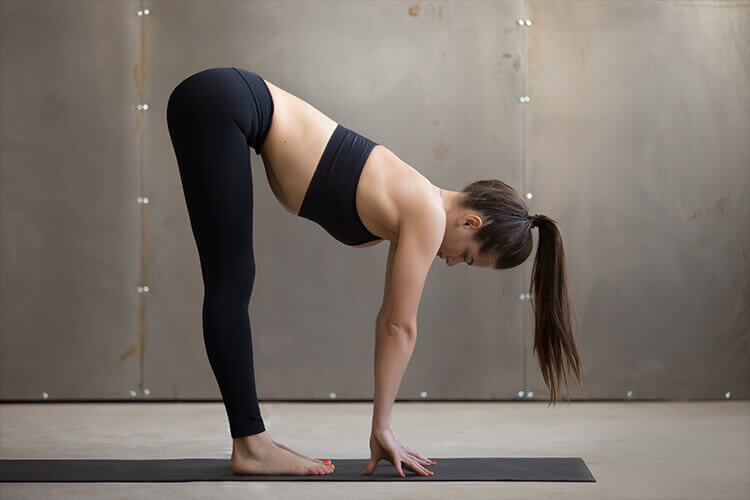
Pilates, developed by Joseph H. Pilates in the early 20th century, is a holistic system of breath and balance movements. Joseph himself referred to the system as "contrology." It encompasses more than 500 exercises designed to strengthen and elongate muscles.
Pilates focuses primarily on empowering and stabilizing the core muscles of the body. It can be practiced at various levels, ranging from basic to advanced.
The core of the human body consists of deep and superficial muscles around the lumbar vertebrae. Pilates exercises uniquely target these muscles, leading to increased stability, balance, and flexibility in the spine.
Unlike traditional weight training, which can create muscle imbalances and low back pain, Pilates exercises promote a balanced and harmonious muscle development. This results in greater strength and flexibility without excessive muscle growth, making the body more balanced and resilient.
We recommend practicing Pilates twice a week. It acts as an anti-aging exercise, counteracting the effects of gravity and preventing the body from sagging.
Regular practitioners of Pilates enjoy several noticeable changes in their bodies, including:
Pilates can be particularly beneficial for individuals with spinal problems such as kyphosis and scoliosis.
Kyphosis, often developed due to desk jobs or as a result of spinal fractures and bone loss in older patients, can be mitigated or prevented from worsening through Pilates exercises.
Scoliosis, a condition characterized by a lateral deviation of the spine, can also benefit from Pilates. Scoliosis patients can use Pilates for two main purposes. In adolescent patients, Pilates can help halt the progression of the condition and correct the deviation. In adults, Pilates can increase spine flexibility and improve posture, preventing the development of additional issues like myofascial pain syndrome or spinal arthritis.
When it comes to Pilates for scoliosis, it is crucial to have guidance from experienced Pilates trainers, just as scoliosis treatment should be overseen by skilled spinal surgeons. Trainers specializing in Scoliosis Pilates can work in coordination with doctors, exchanging opinions before starting the exercises and during the monitoring process. Collaborating with prominent spinal surgeons can yield significant corrections in scoliosis and kyphosis measurements, especially in young patients.
In summary, Pilates offers valuable benefits for those with scoliosis and kyphosis, contributing to improved posture, flexibility, and overall well-being. By seeking guidance from specialized trainers and working in conjunction with spinal surgeons, patients can achieve optimal results and enhance their quality of life.
Take this test now to find out your risk of scoliosis!